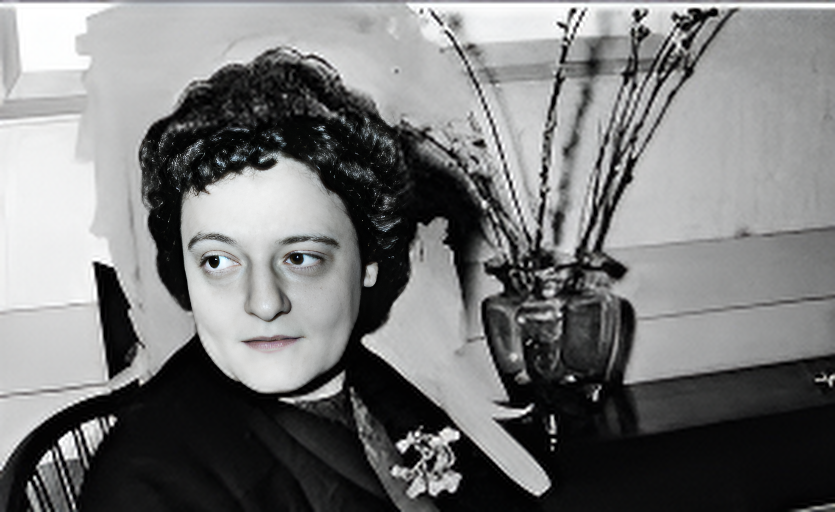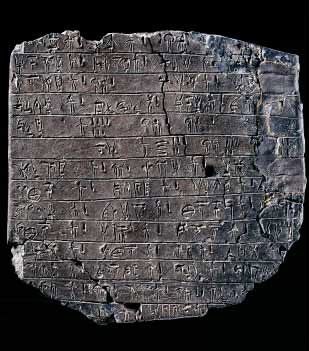In this edition of “The Meat Beyond The Meme” we look at a classic meme which gets 75% of its info somewhat right. The effect of the meme is often realized because of the misinformation contained within. So most people will share memes becuase of their attraction to the misinformation in a meme, and not the correct information.
Labels are a tool of disinformation, because they are used in a different way by different people. Most incoming players in the acrimony game mimick the use of terms by other people, without actual knowledge of the meaning of the words. Labels at just easy things to throw at people in order to remind the mediocracy that you are a good person (if not a smart one).
The Meme
The Meat
Conrad Heiden, a German-American journalist and author, popularized the term “Nazi” in English-speaking countries through his book “Adolf Hitler: The Dictator.” Although he did not invent the word, Heiden extensively used it to refer to the National Socialist movement, contributing to its wider recognition.
Moritz Steinschneider, a 19th-century German-Jewish scholar, indirectly contributed to the development of the term “anti-Semitic” through his scholarly work on Jewish history and culture. While he did not invent the term, his research shed light on the prejudices faced by Jews, providing a historical context for the emergence of the term.
Leon Trotsky, a prominent figure in the Russian Revolution, did not popularize the term “racist.” The term existed before his time, and its widespread recognition and usage can be attributed to various scholars, activists, and intellectuals involved in racial justice movements.
There is no recognized figure named Margaret Feldman associated with the popularization of the term “sexism” in feminism. The term gained prominence through the efforts of feminist activists, writers, and scholars such as Betty Friedan and Simone de Beauvoir.
This post will be updated with the sourcing information of all the people mentioned, once it has been formatted.
Caution should be exercised when evaluating information from internet sources.
People featured in this post:

Leon Trotsky
Russian Marxist revolutionary, political theorist and politician



